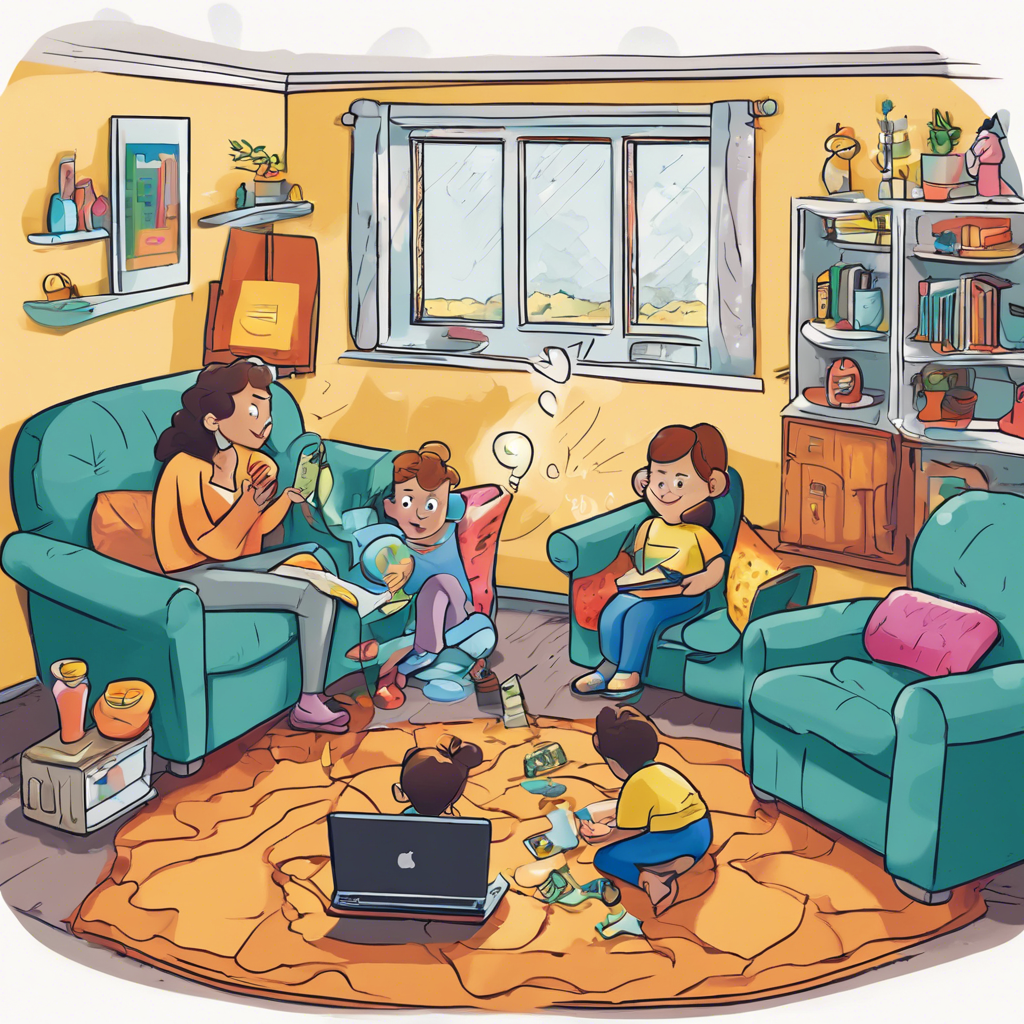How Do Narrative Techniques In Contemporary Literature Compare To Those In Traditional Storytelling Forms?
Gathering question image...
Introduction
Narrative techniques in literature are essential for how stories are crafted and perceived by audiences. Contemporary literature often departs from traditional storytelling, embracing innovative methods and structures that reflect the intricacies of modern society. This comparison highlights how narrative forms have evolved to satisfy the demands of both writers and readers in an ever-changing world.
Key Differences Between Contemporary and Traditional Narrative Techniques
Traditional storytelling relies on established forms and structures such as linear plots, clear character arcs, and resolute conclusions. In contrast, contemporary literature embraces non-linear narratives, fragmented structures, and unreliable narrators, offering a more layered and nuanced reading experience. This shift aligns with the evolving cultural and societal contexts that shape literature today.
- Linear versus non-linear narratives: Traditional stories typically follow a straightforward progression, whereas contemporary narratives may navigate through time and space, encouraging readers to question the plot's linearity.
- Character development: Traditional storytelling usually emphasizes clear character arcs and moral lessons, while contemporary literature often features morally ambiguous characters, illustrating the unpredictability of human experiences.
- Narrative voice: In traditional narratives, a singular, omniscient narrator prevails, while contemporary authors frequently employ multiple perspectives or experimental voices to add depth and complexity to their storytelling.
Impact of Modern Technology and Media on Narrative Forms
The advent of technology and modern media has dramatically transformed narrative techniques in literature. Today's stories often combine multimedia elements or interactive formats, enabling readers to engage with narratives in a dynamic way. This transformation marks a decisive shift from the more static nature of traditional literature.
- Use of digital elements: Many contemporary narratives incorporate online platforms or social media formats, such as tweets or blogs, creating immersive storytelling experiences for readers.
- Fragmented storytelling: Much like cinema's rapid scene transitions, contemporary literature often employs disjointed timelines or shifting perspectives, challenging traditional continuity.
- Reader agency: In modern literature, particularly in interactive narratives, readers might influence the story's direction, contrasting with traditional storytelling where the narrative remains fixed and predetermined.
Conclusion
In conclusion, narrative techniques have undergone significant changes from traditional storytelling methods to contemporary literature, reflecting broader cultural shifts and technological advancements. Grasping these differences enriches our understanding and appreciation of modern narratives along with their innovative storytelling approaches.
Expert Quote
Dr. Nancy Kress, Author and Critic
Contemporary literature's narrative techniques reflect the complexities of modern life. Writers are free from traditional constraints; they can explore fragmented timelines and unreliable narrators, mirroring the multifaceted nature of reality itself.
Introduction to Contemporary Literature, 2018
Relevant Links
Literary innovation - (English 12) - Vocab, Definition, Explanations ...
https://library.fiveable.me/key-terms/english-12/literary-innovationExperimental forms and techniques in contemporary writing | British ...
https://library.fiveable.me/british-literature-ii/unit-15/experimental-forms-techniques-contemporary-writing/study-guide/WTh9kG1uvTjrhfvsNarrative Complexity in Contemporary American Television
https://justtv.wordpress.com/wp-content/uploads/2010/12/mittell-narrative-complexity.pdfBarth Lost In The Funhouse barth lost in the funhouse
https://www.voteforthepig.tennessee.edu/browse/1P8008/HomePages/BarthLostInTheFunhouse.pdfWhat is Contemporary Literature? Latest Trends in Literature
https://blueroseone.com/publish/contemporary-literature/Most popular questions

How Do The Personal Relationships Among Gods Affect Their Decisions In The Iliad?
The intricate relationships among the gods in Homer's epic poem 'The Iliad' play a crucial role in shaping their actions and decisions. These divine interactions create a complex web of fates, where each god's personal alliances and rivalries directly influence the events of the mortal world.

What Strategies Can Parents Use To Educate Their Children About Online Safety Beyond Privacy Settings?
In today's digital landscape, teaching children about online safety is essential for their protection and well-being. While privacy settings play a critical role, parents can implement various strategies to create a thorough understanding of online safety principles among their children.

What Are The Different Types Of Insulation Materials Commonly Used In Buildings, And How Do They Compare In Terms Of Thermal Resistance?
Insulation materials are vital for enhancing energy efficiency in residential and commercial buildings by minimizing heat transfer. Understanding the various insulation types can lead to better choices for thermal resistance and overall comfort.
Most recent questions

How Do Culinary Festivals Influence Local Economies Compared To The Effects Of Art And Music Festivals?
Culinary festivals are pivotal for local economies, offering unique financial advantages when compared to art and music festivals. This analysis explores the distinct economic effects of these various types of events and their implications for communities.

How Do The Motivations Behind Playing Educational Games Differ From Those For Playing Entertainment-focused Games?
The motivations for playing games span a wide spectrum, influenced by the game's purpose, including educational and entertainment-focused designs. By understanding these distinctions, we can enhance our appreciation for both types of games and their effects on players' experiences and learning outcomes.

What Role Do Social Media Platforms Play In Amplifying Fan Theories During A Media Release Campaign?
Social media platforms have become essential channels in shaping and amplifying fan theories during media release campaigns, especially within the entertainment industry. These platforms function as dynamic hubs for discussion, sharing, and speculation, significantly enhancing fan engagement with upcoming films, shows, and music releases.